 Tankless water heaters are one of the newer tools for creating a more energy efficient home. Unlike standard units, which continuously heat and reheat water so that it is always hot, tankless heaters generate water warm instantly with high-powered gas burners or electric coils. Yes, this instant heating requires more power, but because the water does not have to be reheated again and again, like in a standard “tank” model, tankless systems use less energy overall. According to Consumer Reports, which studied these appliances extensively, gas-powered tankless water heaters are approximately 22% more efficient when compared to traditional water heaters. Is there a catch? Yes and no. In the right situation, a tankless water heater is the best option. However, it is a good idea to weigh the pros and cons of these relatively new systems before committing.
Before we get into the pros and cons of tankless water heaters, if you already know that you’re going to get a new water heater (with or without a tank), have you thought about how you’re going to pay for it? Let us help! Click below and get approved within 30 minutes (with no credit check)!
Now we’ll walk you through several pros and cons of tankless water heaters, so you can decide if a tankless water heater or a traditional water heater is right for you.
Tankless water heaters are one of the newer tools for creating a more energy efficient home. Unlike standard units, which continuously heat and reheat water so that it is always hot, tankless heaters generate water warm instantly with high-powered gas burners or electric coils. Yes, this instant heating requires more power, but because the water does not have to be reheated again and again, like in a standard “tank” model, tankless systems use less energy overall. According to Consumer Reports, which studied these appliances extensively, gas-powered tankless water heaters are approximately 22% more efficient when compared to traditional water heaters. Is there a catch? Yes and no. In the right situation, a tankless water heater is the best option. However, it is a good idea to weigh the pros and cons of these relatively new systems before committing.
Before we get into the pros and cons of tankless water heaters, if you already know that you’re going to get a new water heater (with or without a tank), have you thought about how you’re going to pay for it? Let us help! Click below and get approved within 30 minutes (with no credit check)!
Now we’ll walk you through several pros and cons of tankless water heaters, so you can decide if a tankless water heater or a traditional water heater is right for you.
Tankless Water Heaters by Joe Szabo, Scottsdale Real Estate Team
 Tankless water heaters are one of the newer tools for creating a more energy efficient home. Unlike standard units, which continuously heat and reheat water so that it is always hot, tankless heaters generate water warm instantly with high-powered gas burners or electric coils. Yes, this instant heating requires more power, but because the water does not have to be reheated again and again, like in a standard “tank” model, tankless systems use less energy overall. According to Consumer Reports, which studied these appliances extensively, gas-powered tankless water heaters are approximately 22% more efficient when compared to traditional water heaters. Is there a catch? Yes and no. In the right situation, a tankless water heater is the best option. However, it is a good idea to weigh the pros and cons of these relatively new systems before committing.
Before we get into the pros and cons of tankless water heaters, if you already know that you’re going to get a new water heater (with or without a tank), have you thought about how you’re going to pay for it? Let us help! Click below and get approved within 30 minutes (with no credit check)!
Now we’ll walk you through several pros and cons of tankless water heaters, so you can decide if a tankless water heater or a traditional water heater is right for you.
Tankless water heaters are one of the newer tools for creating a more energy efficient home. Unlike standard units, which continuously heat and reheat water so that it is always hot, tankless heaters generate water warm instantly with high-powered gas burners or electric coils. Yes, this instant heating requires more power, but because the water does not have to be reheated again and again, like in a standard “tank” model, tankless systems use less energy overall. According to Consumer Reports, which studied these appliances extensively, gas-powered tankless water heaters are approximately 22% more efficient when compared to traditional water heaters. Is there a catch? Yes and no. In the right situation, a tankless water heater is the best option. However, it is a good idea to weigh the pros and cons of these relatively new systems before committing.
Before we get into the pros and cons of tankless water heaters, if you already know that you’re going to get a new water heater (with or without a tank), have you thought about how you’re going to pay for it? Let us help! Click below and get approved within 30 minutes (with no credit check)!
Now we’ll walk you through several pros and cons of tankless water heaters, so you can decide if a tankless water heater or a traditional water heater is right for you.

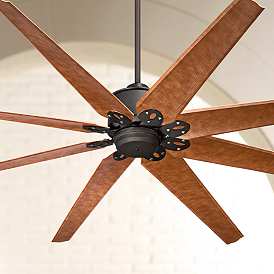





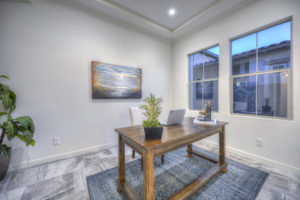
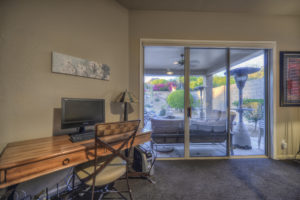
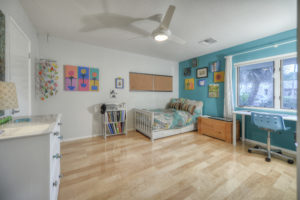
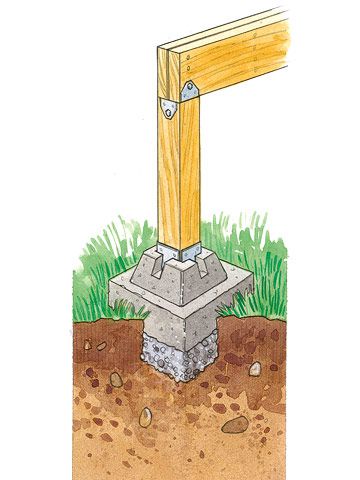
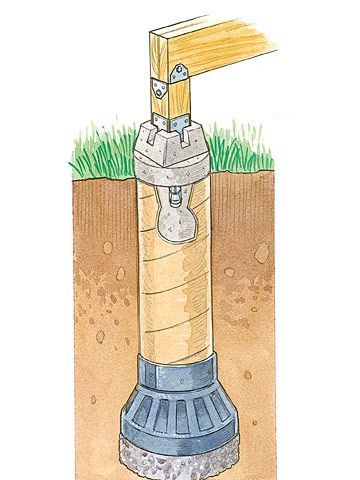
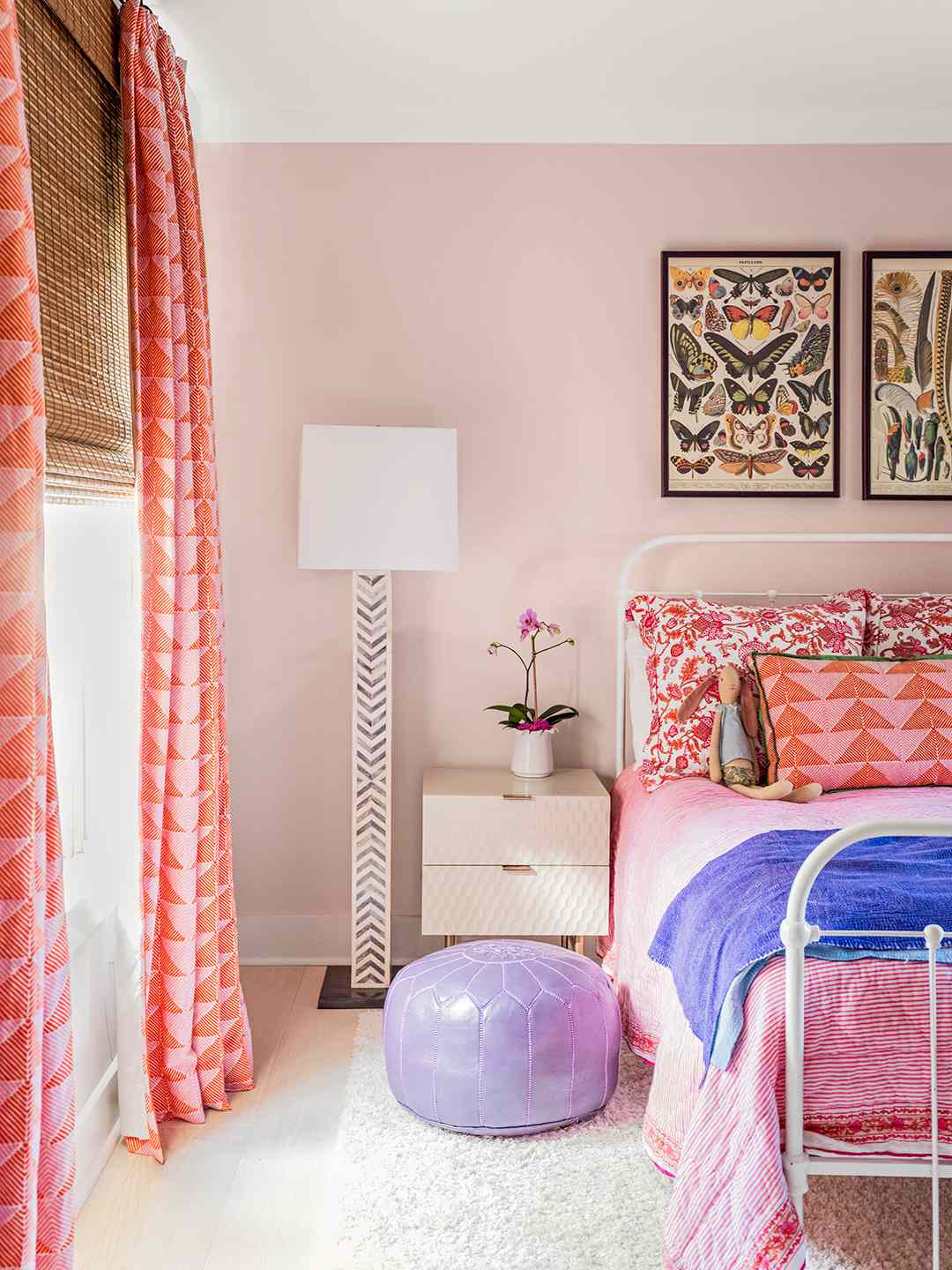
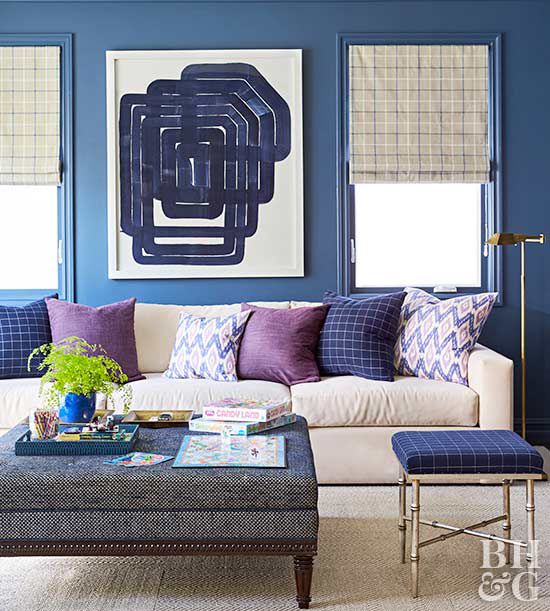
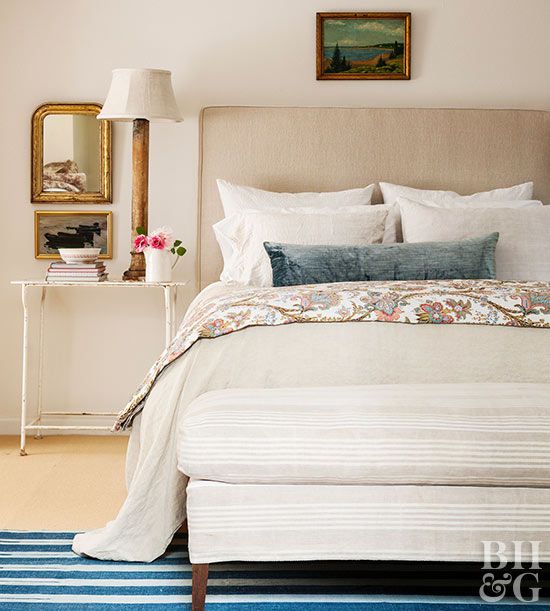
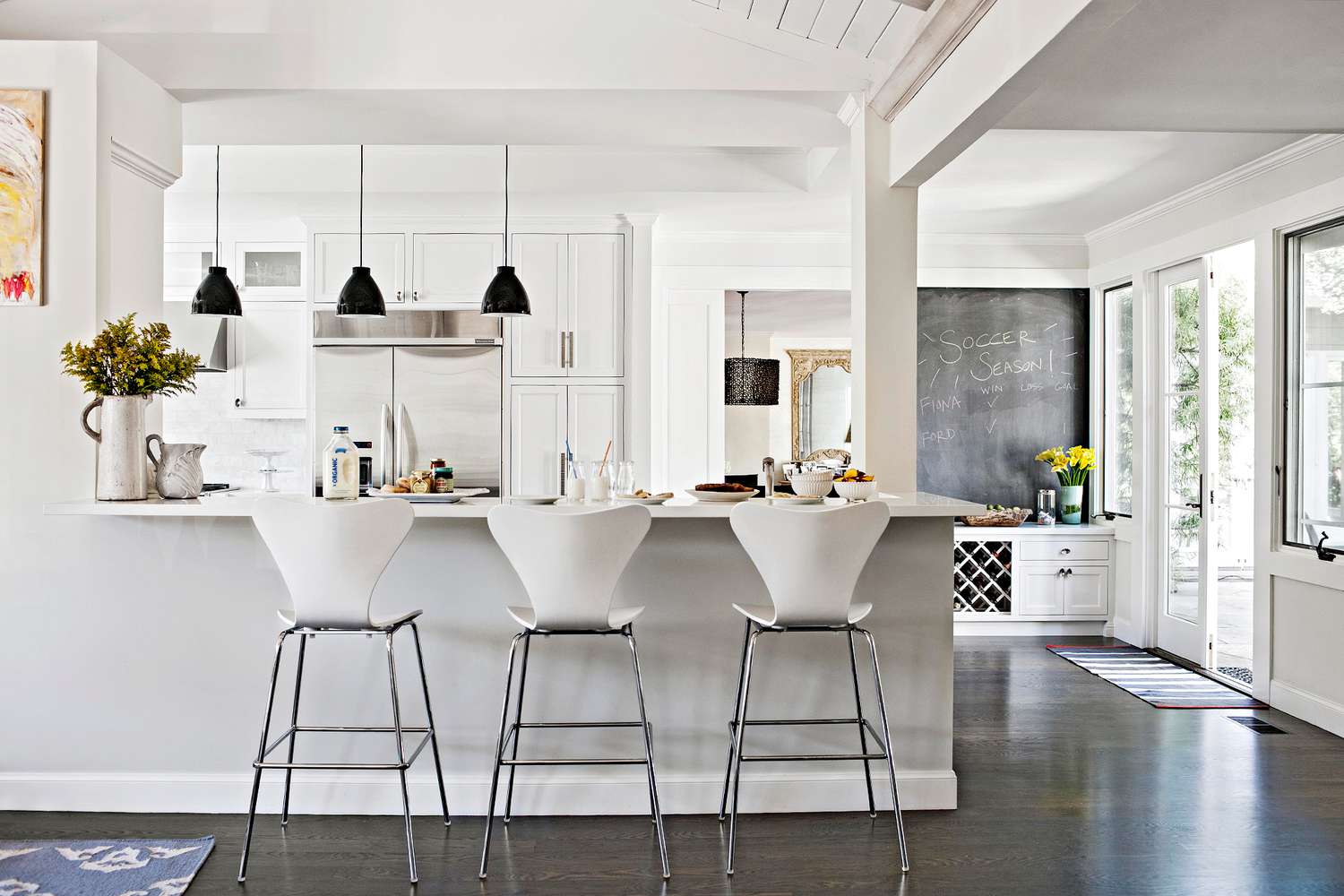
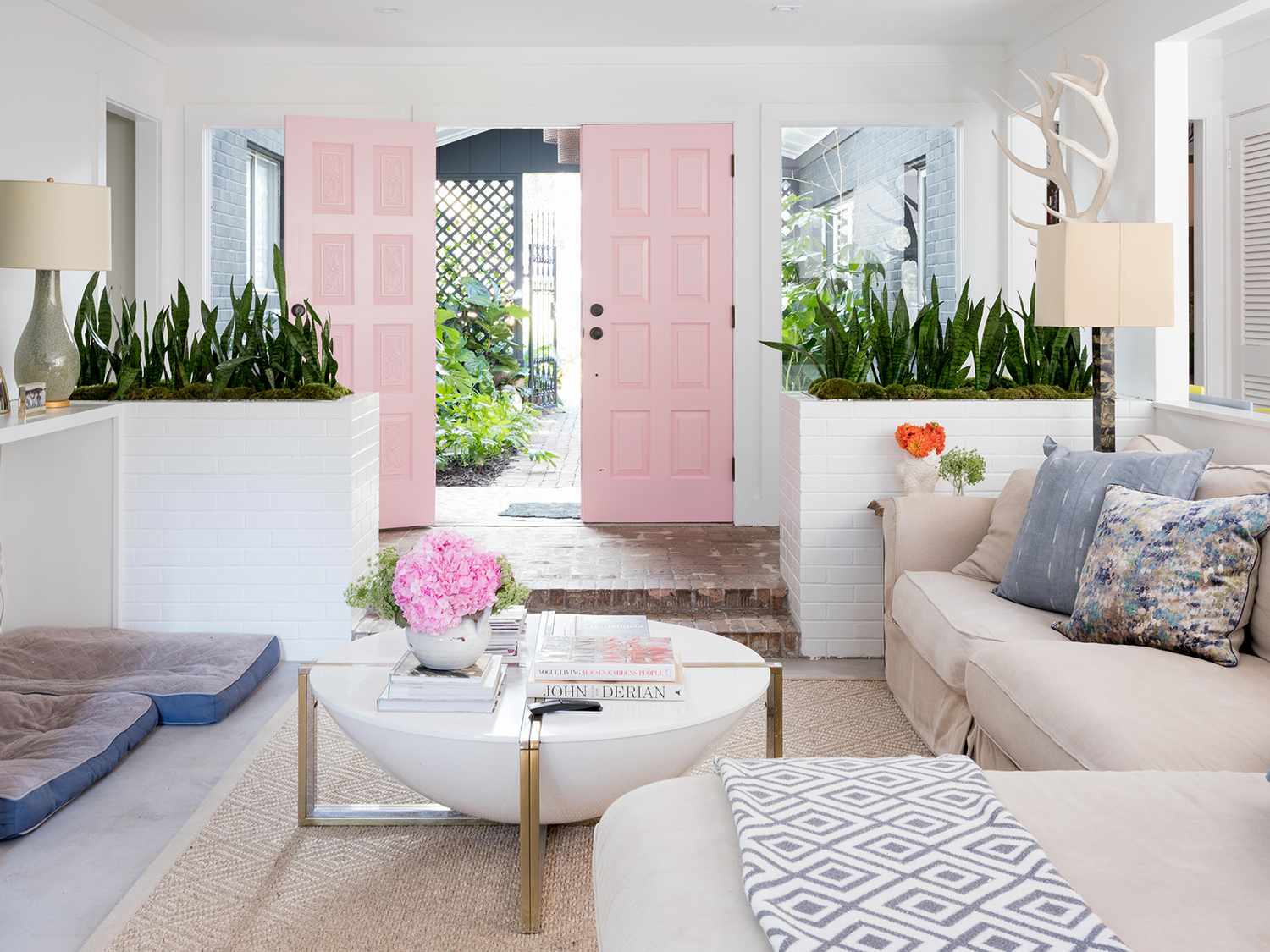
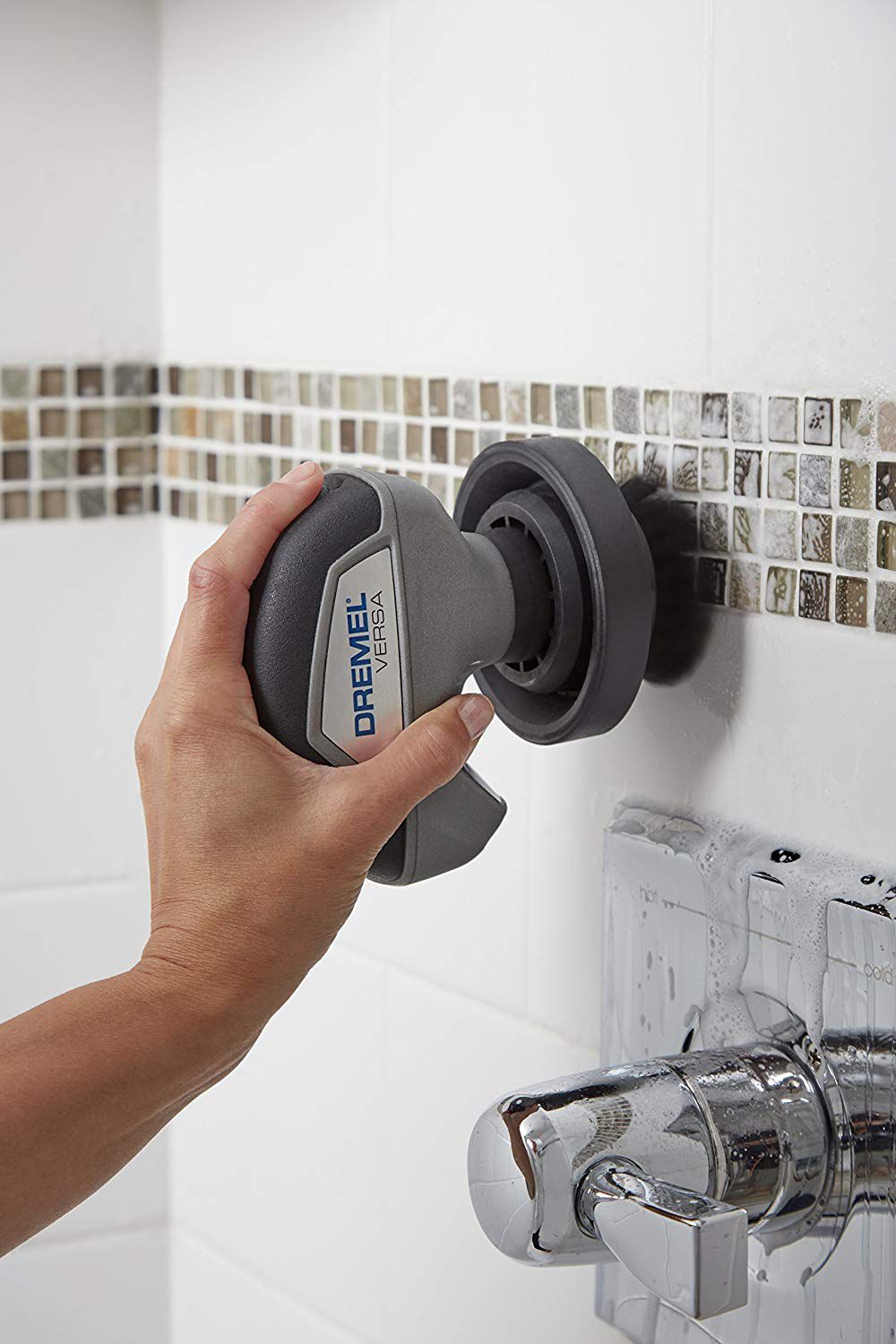
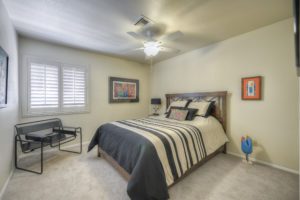



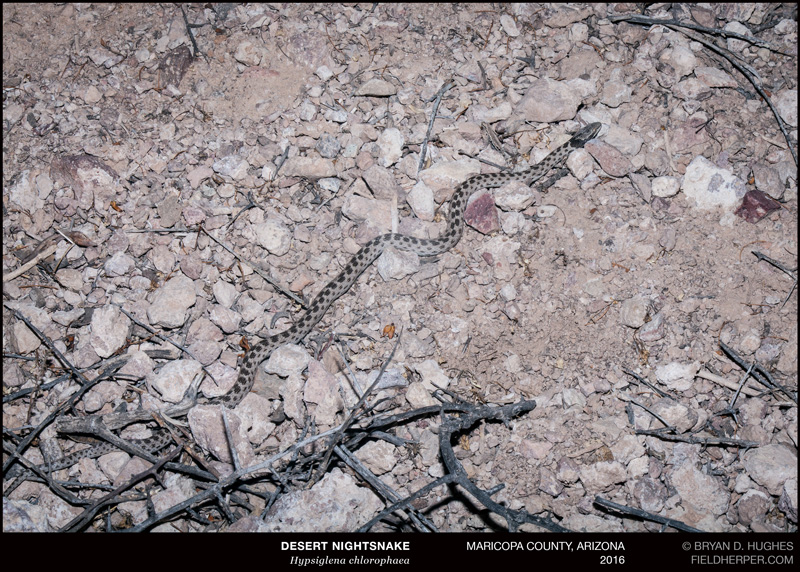



 Please note that this Scottsdale Real Estate Blog is for informational purposes and not intended to take the place of a licensed Scottsdale Real Estate Agent. The Szabo Group offers first class real estate services to clients in the Scottsdale Greater Phoenix Metropolitan Area in the buying and selling of Luxury homes in Arizona. Award winning Realtors and Re/MAX top producers and best real estate agent for Luxury Homes in Scottsdale, The Szabo group delivers experience, knowledge, dedication and proven results. Contact Joe Szabo at
Please note that this Scottsdale Real Estate Blog is for informational purposes and not intended to take the place of a licensed Scottsdale Real Estate Agent. The Szabo Group offers first class real estate services to clients in the Scottsdale Greater Phoenix Metropolitan Area in the buying and selling of Luxury homes in Arizona. Award winning Realtors and Re/MAX top producers and best real estate agent for Luxury Homes in Scottsdale, The Szabo group delivers experience, knowledge, dedication and proven results. Contact Joe Szabo at 

